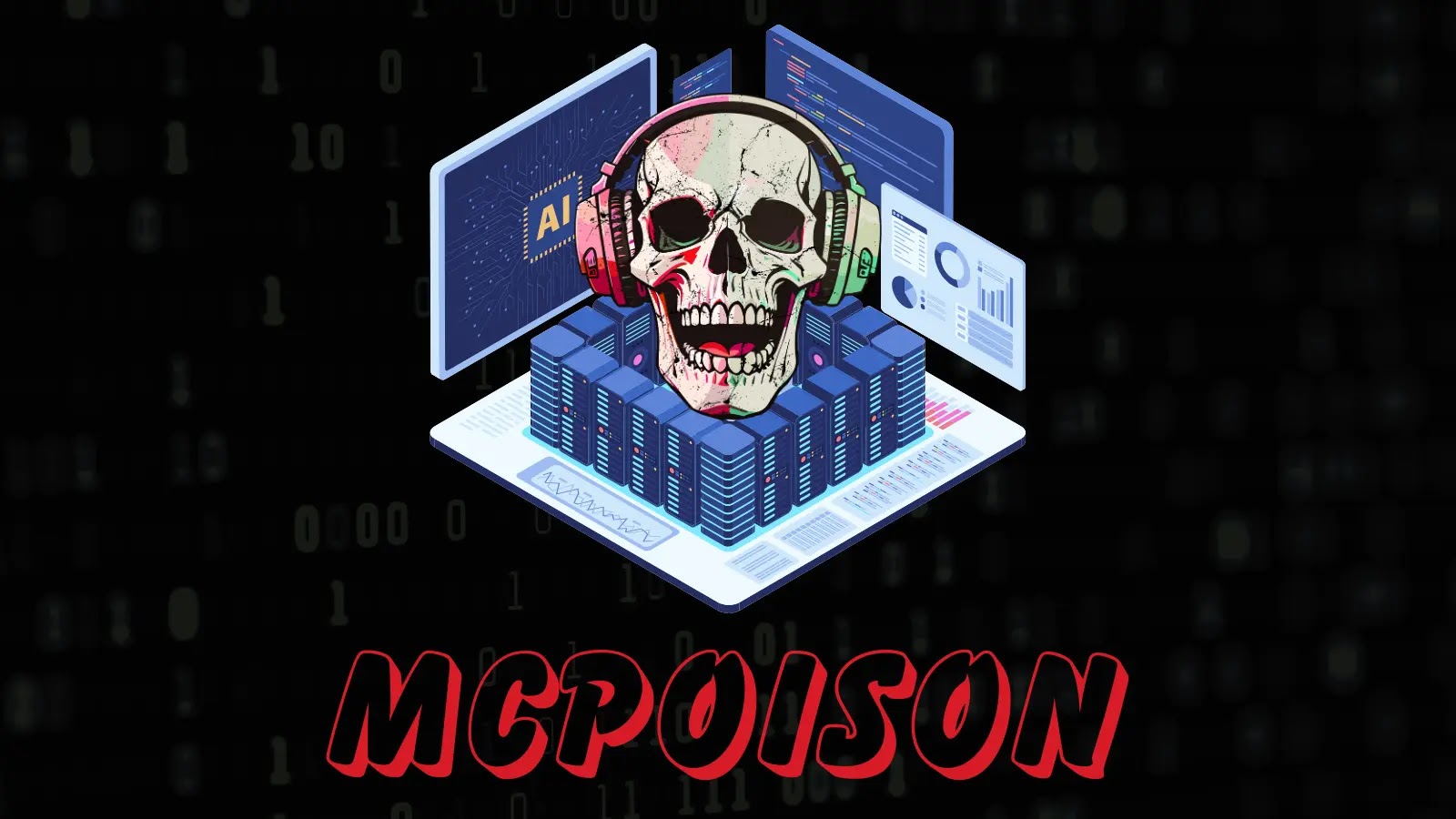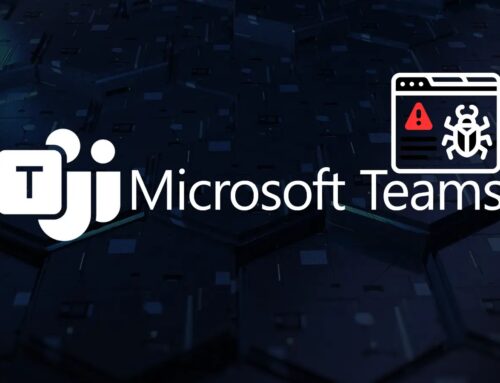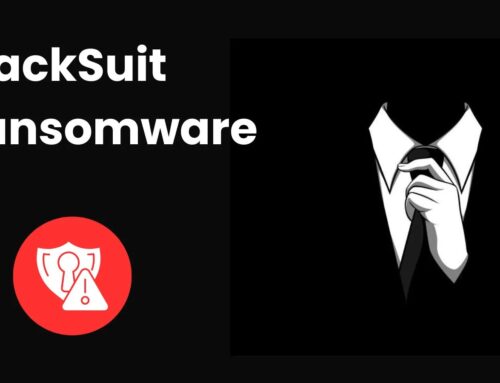
New MCPoison Attack Leverages Cursor IDE MCP Validation to Execute Arbitrary System Commands
Unmasking MCPoison: A Critical RCE Vulnerability in Cursor IDE
In the rapidly evolving landscape of AI-powered development tools, security vulnerabilities can have far-reaching consequences for developers and organizations alike. A recent discovery, dubbed “MCPoison,” highlights such a critical flaw within Cursor IDE, a popular AI-powered development environment. This vulnerability, tracked as CVE-2025-54136, allows attackers to achieve persistent remote code execution (RCE) on developer machines, bypassing crucial security warnings.
The implications of such an attack are severe, potentially leading to unauthorized data access, intellectual property theft, and the compromise of entire development pipelines. Understanding MCPoison’s mechanics is paramount for protecting developer workstations and maintaining the integrity of software development. This analysis delves into the technical specifics of MCPoison, its potential impact, and actionable remediation strategies.
What is MCPoison and How Does It Work?
MCPoison is not a new malware strain but rather an exploit leveraging a fundamental trust validation flaw within Cursor IDE’s Model Context Protocol (MCP) system. The vulnerability’s core lies in the improper handling of MCP messages, allowing attackers to inject and execute arbitrary system commands.
- Model Context Protocol (MCP): This protocol is central to Cursor IDE’s functionality, enabling communication and context sharing between the IDE and its underlying AI models. It likely handles various data types, including configuration, code snippets, and execution instructions.
- Trust Validation Flaw: The critical weakness is a lack of robust validation of incoming MCP messages. An attacker can craft malicious MCP payloads that, when processed by the IDE, are misinterpreted as legitimate commands.
- Arbitrary Command Execution: Because the IDE fails to adequately scrutinize these malicious payloads, it executes them as if they were genuine instructions. This grants the attacker the ability to run any command they wish on the compromised developer’s system.
- Bypassing Security Warnings: Crucially, this exploitation occurs without triggering any security prompts or warnings, rendering the attack stealthy and difficult to detect by the user.
The persistence aspect of MCPoison is particularly concerning. Once exploited, the attacker can maintain a foothold on the system, potentially surviving reboots or IDE restarts, making it a severe threat for long-term compromise.
Impact on Developers and Organizations
The successful exploitation of MCPoison presents a significant threat to development environments and the organizations that rely on them. The potential consequences include:
- Sensitive Data Exfiltration: Attackers can steal source code, proprietary algorithms, API keys, and other sensitive intellectual property.
- Supply Chain Attacks: Compromised developer machines can be used as a springboard to inject malicious code into software projects, leading to widespread supply chain compromises impacting customers.
- Credential Theft: Access to developer machines can facilitate the theft of credentials for source code repositories, cloud environments, and other critical infrastructure.
- Ransomware Deployment: An attacker could deploy ransomware, encrypting development files and demanding a ransom.
- Spyware Installation: Persistent access can be used to install spyware to monitor developer activities and gather intelligence.
Remediation Actions
Addressing CVE-2025-54136 requires immediate action from both Cursor IDE developers and end-users. The primary remediation lies in patching the vulnerability, but several defensive layers can mitigate risk.
- Patch and Update Cursor IDE: The most crucial step is to apply the official patch released by Cursor IDE developers. Users should update their IDE to the latest secure version immediately. Regularly check for and install security updates.
- Principle of Least Privilege: Developers should run their IDEs and development tools with the minimum necessary privileges. Avoid running as a root or administrator user unless absolutely essential.
- Network Segmentation: Isolate development environments from critical production networks. This can contain potential breaches and prevent lateral movement of attackers.
- Endpoint Detection and Response (EDR): Deploy EDR solutions on developer workstations to detect and respond to suspicious activity, including unexpected process execution or network connections originating from Cursor IDE.
- Application Whitelisting: Implement application whitelisting to control which applications can execute on developer machines, preventing unauthorized binaries from running.
- Regular Security Audits: Conduct regular security audits and penetration testing of development environments and the software produced.
- Developer Training and Awareness: Educate developers about the risks of supply chain attacks, phishing, and the importance of cybersecurity best practices.
Relevant Security Tools
Leveraging appropriate security tools can aid in detecting and mitigating vulnerabilities like MCPoison. While specific tools for MCP validation aren’t widely available yet, general endpoint security and application security testing tools are essential.
| Tool Name | Purpose | Link |
|---|---|---|
| Endpoint Detection and Response (EDR) Solutions | Real-time monitoring, detection, and response to malicious activities on endpoints. | (Vendor-specific) |
| Application Security Testing (AST) Tools | Static Application Security Testing (SAST) and Dynamic Application Security Testing (DAST) for identifying code vulnerabilities. | (OWASP ZAP, SonarQube, etc.) |
| Network Intrusion Detection/Prevention Systems (NIDS/NIPS) | Monitoring network traffic for suspicious patterns and blocking malicious connections. | (Snort, Suricata, etc.) |
| Software Composition Analysis (SCA) Tools | Identifying vulnerabilities in open-source components and third-party libraries used in software. | (Dependency-Check, Snyk, etc.) |
Conclusion
The MCPoison vulnerability (CVE-2025-54136) in Cursor IDE represents a significant reminder that even innovative AI-powered development tools are susceptible to fundamental security flaws. Exploiting trust validation issues to achieve remote code execution without warning is a severe threat that necessitates immediate attention. Developers and organizations must prioritize patching their Cursor IDE installations, implement robust endpoint security measures, and adhere to a defense-in-depth strategy. Vigilance, combined with proactive security practices, is critical in protecting modern development pipelines from sophisticated attacks.





